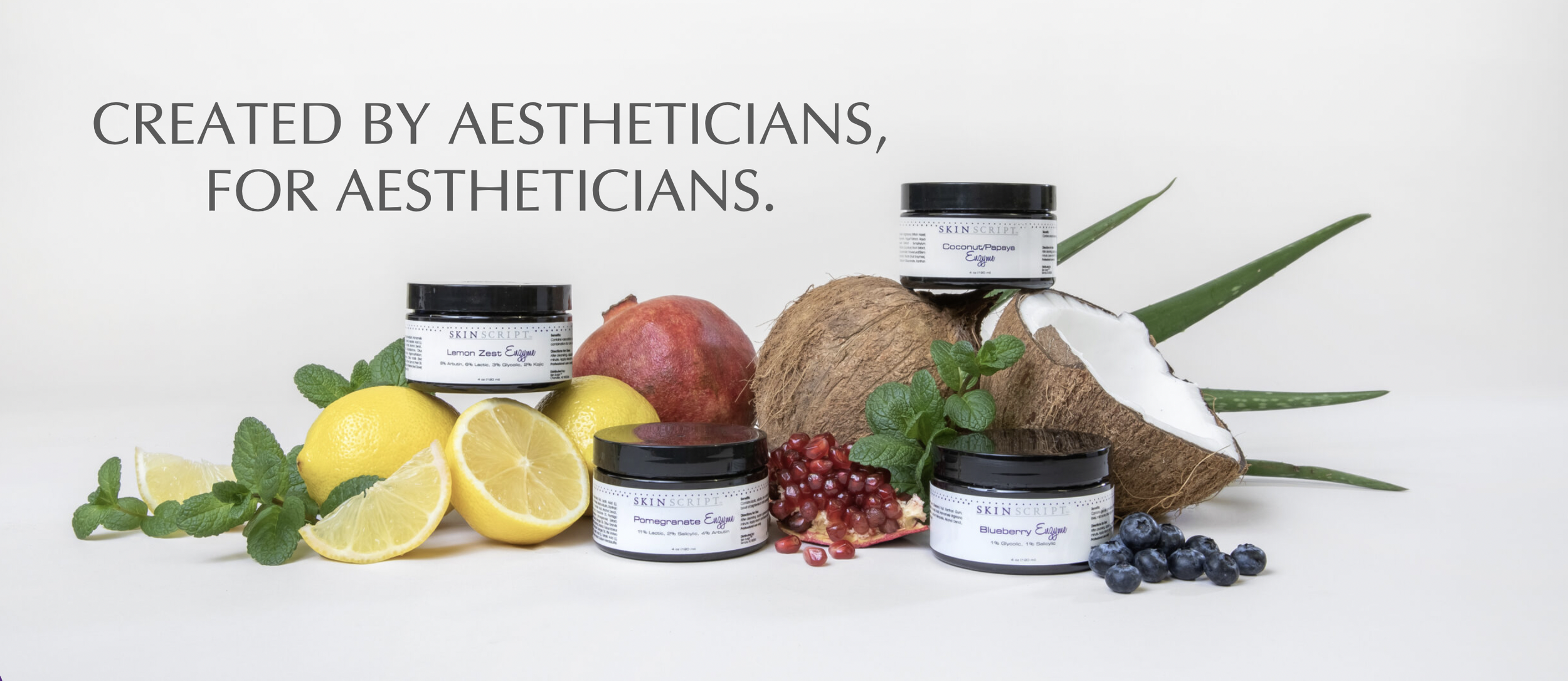PEEL2NEW - Fall marks the start of the peel season!
You must have heard the phrase “Fall Season is Peel season”, but what does that mean for you and for your skin? After all the sun and fun of the summer months, the fall and winter months are the perfect time to book PEEL2NEWFACE treatments.
What Makes Fall The Best Time Of Year For Chemical Peels?
The sun’s rays are stronger during the summer, we tend to spend more time outdoors and probably fail to reapply our SPF. Having the skin exposed to sun after a chemical peel not only increases the risk of further damage and skin cancer, but it can also undo the benefit of the treatment.
In the fall and winter months the UV rays are weaker, and this allows our skin the time it needs to adequately recover after a corrective treatment like chemical peel. Doing these treatments in the cooler months also means that there is less chance of inflammation or complications for your newly uncovered skin. There are many different types and strengths of chemical peels. With caution, some can be performed all year around.
How to Care For Your Skin Before and After A Chemical Peel?
Before considering a peel or chemical peel, it’s best to have a consultation to ensure that you are a good candidate for this treatment. If you are lactating, pregnant, or think you may be pregnant, chemical peels are contraindicated. For those of you who are on autoimmune therapies or products, we caution against the use of these medications for 2 days prior to treatment. It is important that you speak to your specialist regarding pausing the use of autoimmune therapies or products for 2 days. It is also important to inform the skincare professional of any medication or ingredient allergies you have.
Pre Chemical Peel:
Discontinue use of tanning beds at least two weeks prior to a chemical peel. We advise that you stop using tanning beds because they increase your risk of skin cancer and accelerate visible signs of aging.
Avoid extensive sun exposure, especially in the 10 days prior to your scheduled chemical peel.
No facial waxing for 7 days prior to treatment.
If you are on acne treatment regimen, stop the use of Renova, Differin, Tazorac, Avage, EpiDuo or Ziana five days prior to treatment.
When using Retinol products, stop the use of Retin-A (retinol) products or applications for 7-10 days prior to a chemical peel. High percentage alpha hydroxy (AHA) and beta hydroxy (BHA) products should be stopped five days before treatment.
Always apply a broad spectrum sunscreen daily (at least SPF 30 or higher) and avoid the gym 24 hours prior to a chemical peel.
Do not use aspirin or non-steroidal anti-inflammatory (ex. Advil) for at least 7-10 days prior to a chemical peel.
Post Chemical Peel
Once you have undergone your chemical peel, expect to see some changes with your skin. This happens prior to getting your final results. There are instructions, you should follow before your chemical peel there are instructions for after for best possible results.
On post peel day 3, you may experience mild to moderate shedding depending on the depth of chemical peel, the number of layers applied and depth of the chemical peel. There can be dryness and tightness of the skin. Flaking and peeling three days post peel is not uncommon, unless you had a superficial peel. Superficial peels have little to no downtime, so you may not experience shedding.
You may develop small whiteheads, but please note that this IS NOT A BREAKOUT.
If you have a lighter skin complexion, you may notice mild redness after a chemical peel.
Do not peel or pick at the peeling skin. You must allow the skin to flake off naturally. Picking at the peeling skin can cause hyperpigmentation.
To minimize the side effects of the peel, please use the post procedure kit or mask provided by the skincare professional for 3-5 days or until flaking has stopped.
Do not apply ice or water to the areas that have been treated. Also, avoid applying makeup on the day of your treatment because the skin needs time to stabilize and rest.
For the first 48 hours after your chemical peel, do not participate in activities that increase body heat and sweat, such as drinking alcohol, exercise/working out, hot tubs, steam rooms, saunas, hot shower spray, swimming or directing a hair dryer to the treatment area. Internal heating can cause hyperpigmentation.
Golden Rule: Make sure that you are also avoiding direct sun exposure and excessive heat. Continue to use a broad spectrum UVA/UVB sunscreen of SPF 30 or higher just as you were prior to your peel.
Make sure to keep your skin well hydrated with a protective moisturizer. Apply it twice daily or more often if needed to reduce the appearance of flaking.
For five days after your chemical peel, do not have electrolysis, facial waxing or use depilatories.
Avoid using retinols and glycolic acids for 10 days post peel.
Do not use scrubs, loofahs, exfoliating sponges or other means of mechanical exfoliation on your face for 7-10 days.
Do not go to a tanning bed for at least two weeks post procedure.
If you notice increased redness, increased hyperpigmentation or crusting of the skin, contact your skincare professional.
Now that you have some information on pre and post chemical peel care, you are now ready for peel season. Click here to make an appointment. We want to hear from you. What questions/ comments do you have about chemical peels?
Book “Tulum Signature Facial” or “Free Consultation!”

